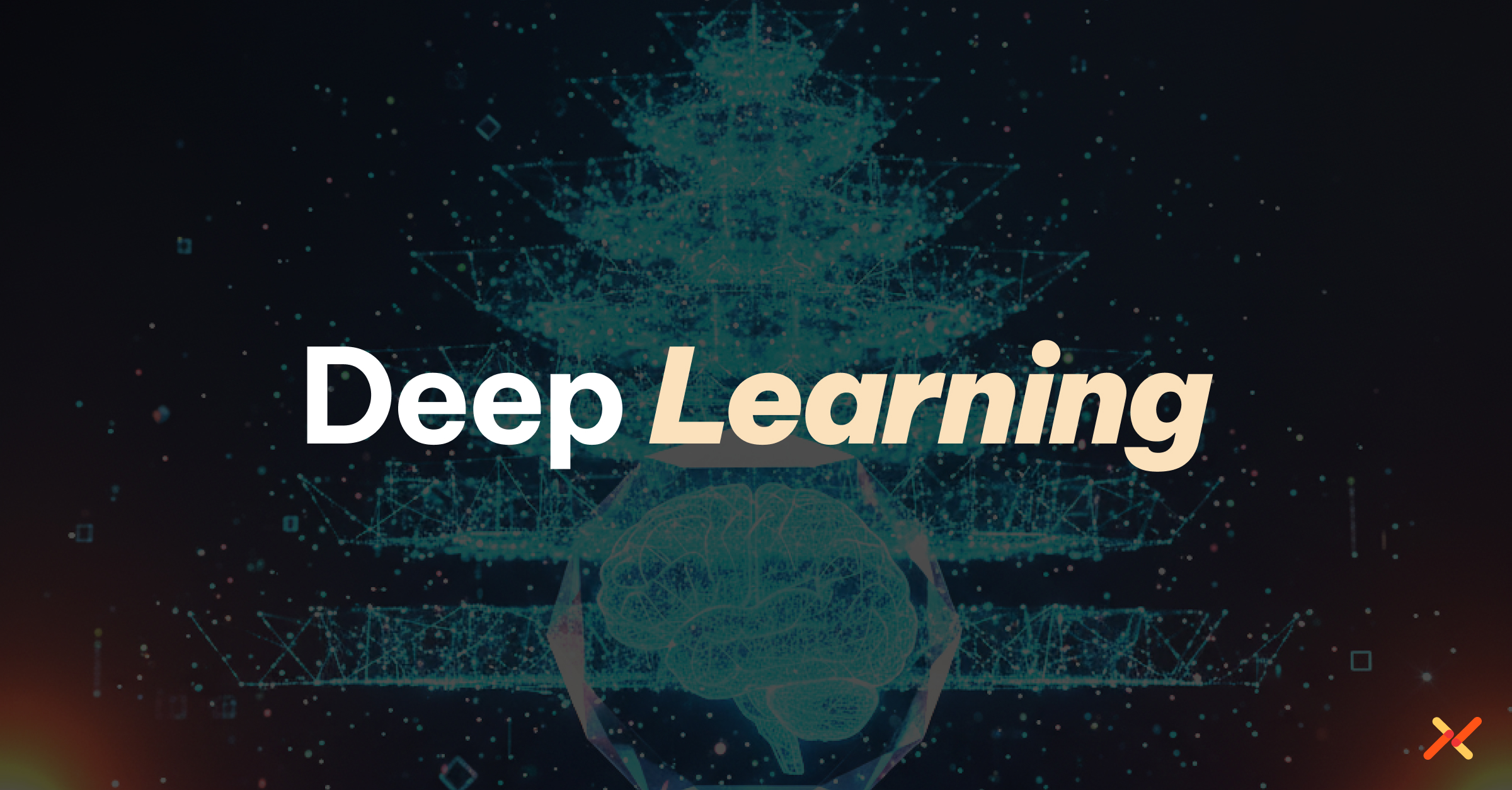Deep learning is a subset of artificial intelligence (AI) that uses multi-layered neural networks to learn complex patterns from large amounts of data. It enables machines to perform tasks such as image recognition, natural language understanding, and decision-making without explicit human programming.
How It Manifests Technically
Deep learning models are built using architectures such as convolutional neural networks (CNNs), recurrent neural networks (RNNs), and transformer models. In practice:
- Models are trained on massive datasets, often across distributed GPU clusters or cloud environments.
- They require secure access to training data, storage, and compute resources, making them active workloads rather than static assets.
- Once trained, these models are deployed as APIs, services, or embedded components in applications.
- In enterprise AI systems, deep learning workloads often interact with other agents, microservices, and SaaS APIs, forming part of a broader agentic AI ecosystem.
Why This Matters for Modern Enterprises
Deep learning powers many of the most transformative AI capabilities, computer vision, LLMs, and voice recognition among them. For enterprises, these models:
- Enable automation and insight generation at scale.
- Drive innovation in security analytics, predictive maintenance, and customer experience.
- Also introduce new attack surfaces: unauthorized access to model weights, training data, or inference APIs can expose sensitive intellectual property and customer data.
Managing these models securely requires extending traditional identity and access controls to machine learning and inference workloads.
Common Challenges with Deep Learning
- Workload identity: Training and inference systems need their own verifiable identities to access datasets, GPUs, and APIs securely. Traditional IAM doesn’t natively handle these non-human identities.
- Data governance: Large datasets often contain sensitive or regulated information, creating privacy and compliance risks.
- Model theft or tampering: Without proper authentication and authorization, attackers can exfiltrate model parameters or manipulate inference endpoints.
- Credential management: API keys or tokens used for accessing training environments or model registries are often long-lived and hard-to-audit.
- Operational opacity: Tracking which model, version, or process made specific predictions can be difficult without unified logging and identity correlation.
How Aembit Helps
Aembit extends Workload Identity and Access Management (Workload IAM) to deep learning workloads, securing every model interaction, from training to inference.
- It provides attested, verifiable identities for training jobs, model APIs, and inference agents across cloud and hybrid environments.
- It eliminates static credentials by issuing short-lived, scoped tokens or enabling secretless authentication to data sources, model registries, and SaaS APIs.
- Policies enforce least-privilege access, ensuring that only authorized workloads can retrieve datasets, model artifacts, or compute resources.
- Aembit’s centralized audit logs connect every action, model training, inference, or update, to a verifiable workload identity.
- This creates full observability and compliance across the AI lifecycle, turning deep learning systems into trusted, governed workloads within enterprise infrastructure.
In short: Aembit brings identity, access control, and auditability to deep learning environments, protecting models, data, and infrastructure from unauthorized use or exposure.
Related Reading
FAQ
You Have Questions?
We Have Answers.
When is deep learning not the right choice for a problem?
Deep learning excels when you have large volumes of labeled or high-quality data and complex feature relationships, but it may be over-kill when your dataset is small, interpretability is critical, or simpler models (e.g., logistic regression or decision trees) suffice.
How do enterprises measure “success” for a deep learning deployment?
Key metrics include model accuracy/improvement over baselines, inference latency and throughput in production, resource usage (GPU hours, memory), model drift over time, and how auditable or explainable the predictions are, especially for regulated industries.
What infrastructure or governance considerations must be addressed for deep learning in the enterprise?
Enterprises need secure access to compute (GPUs/TPUs), storage of large datasets, versioning for models and data, identity-controlled access for training and inference workloads, audit trails for data/model lineage, and mechanisms to detect bias, tampering or unintended model behavior.
What emerging risks or limitations are associated with deep learning models?
Deep learning models can be opaque (“black boxes”), struggle to generalize to unseen data distributions, be vulnerable to adversarial inputs or model theft, and demand large datasets and resources to train, meaning costs and security exposure rise as scale increases.

